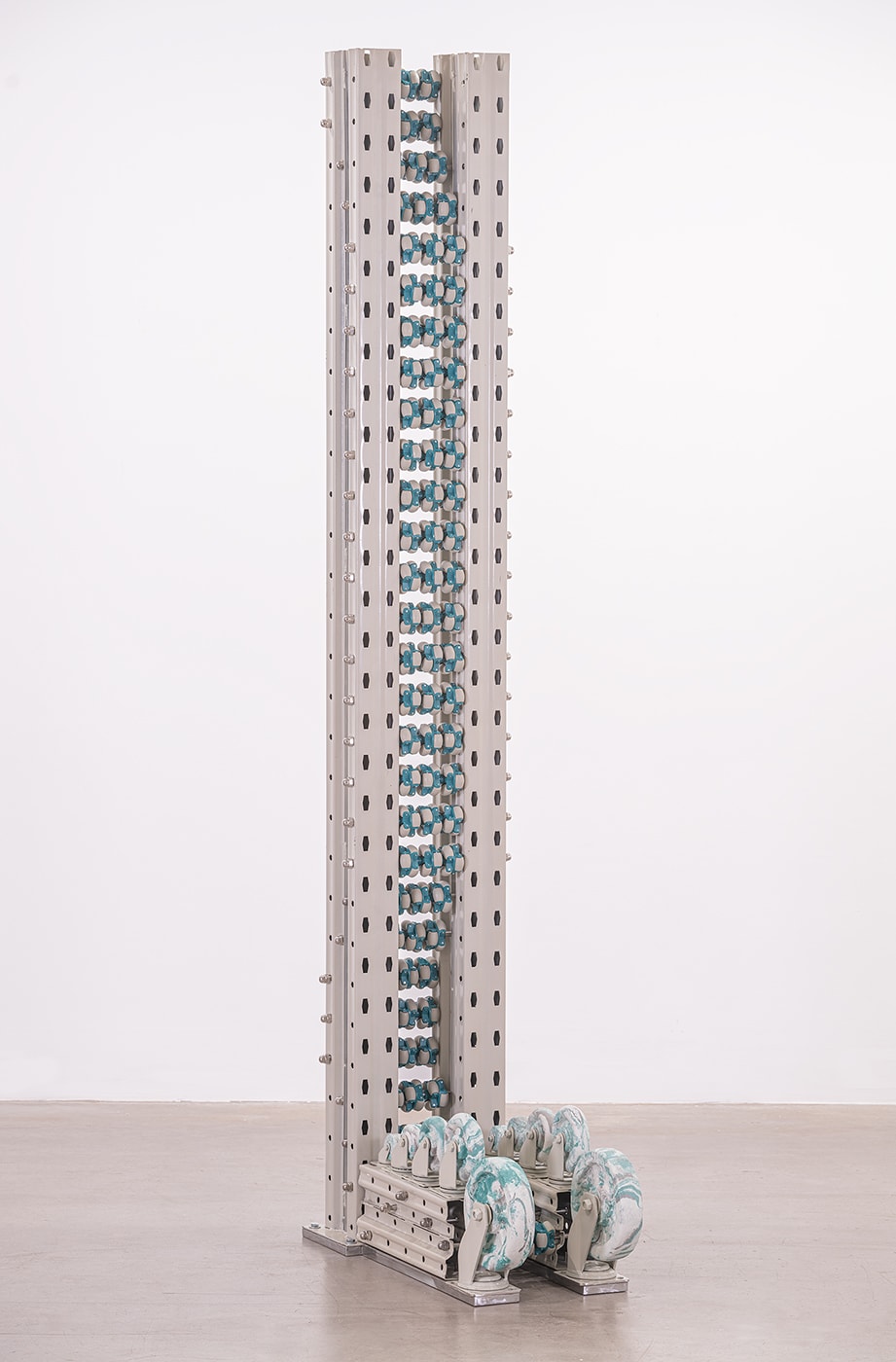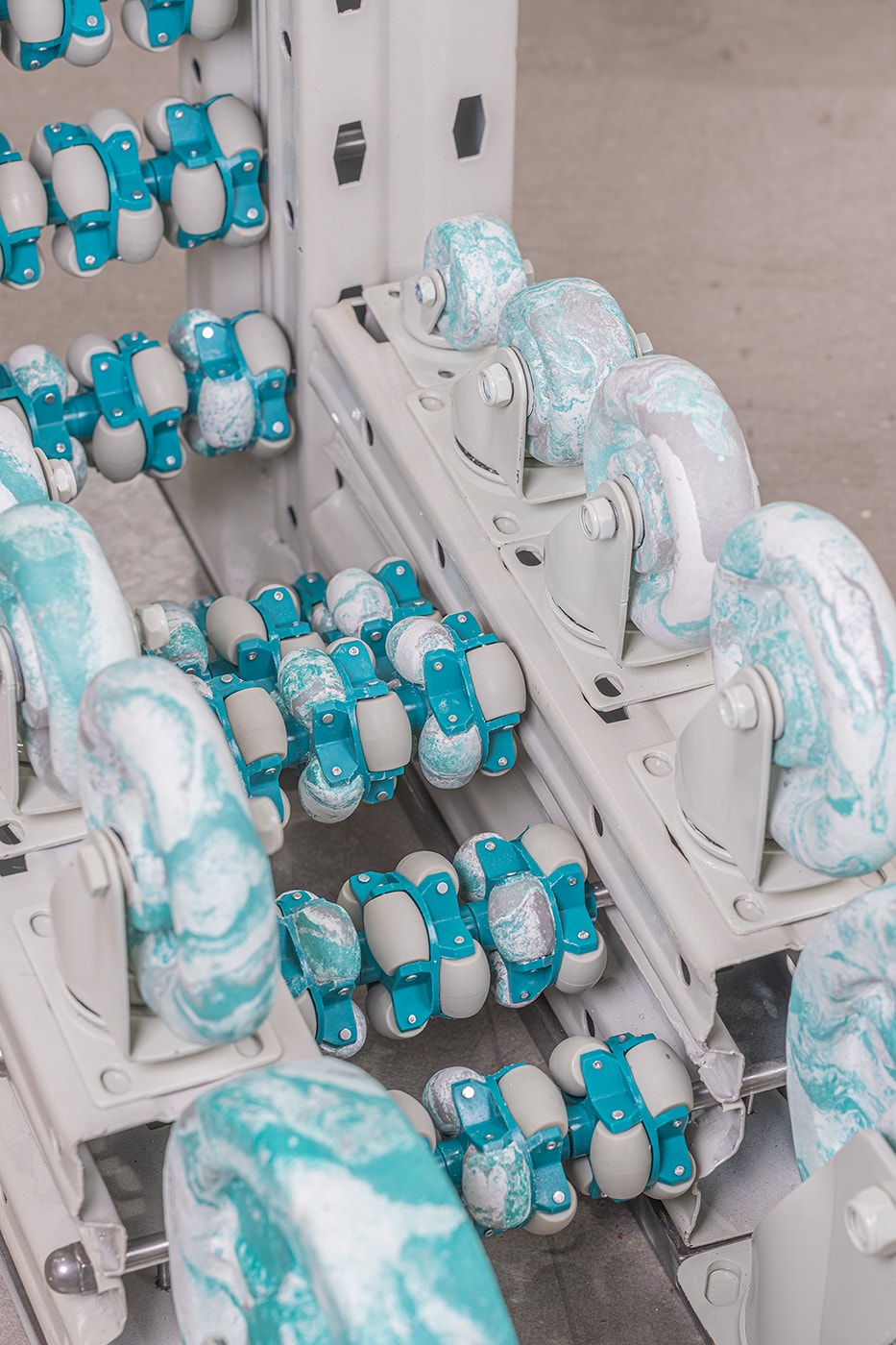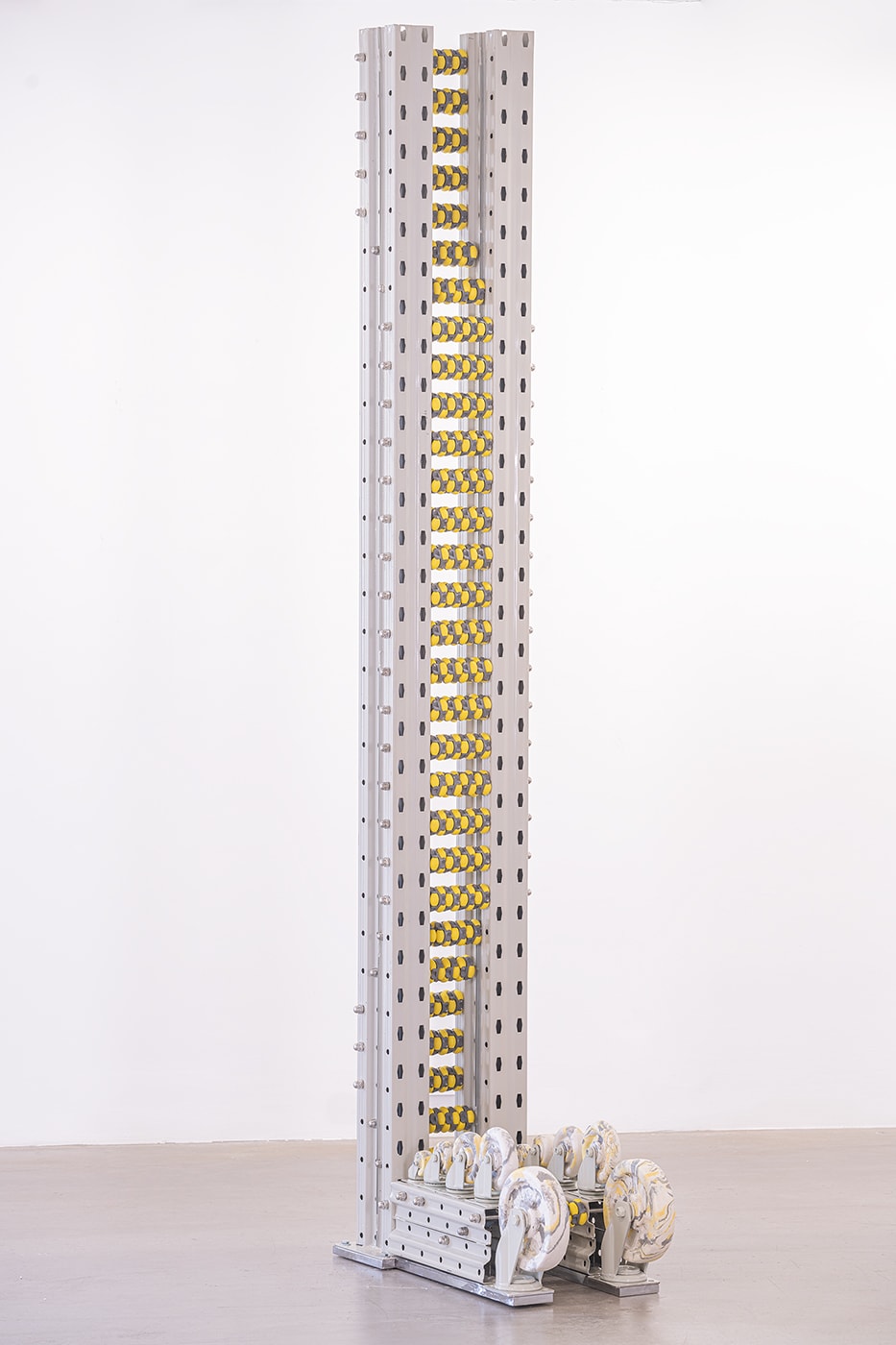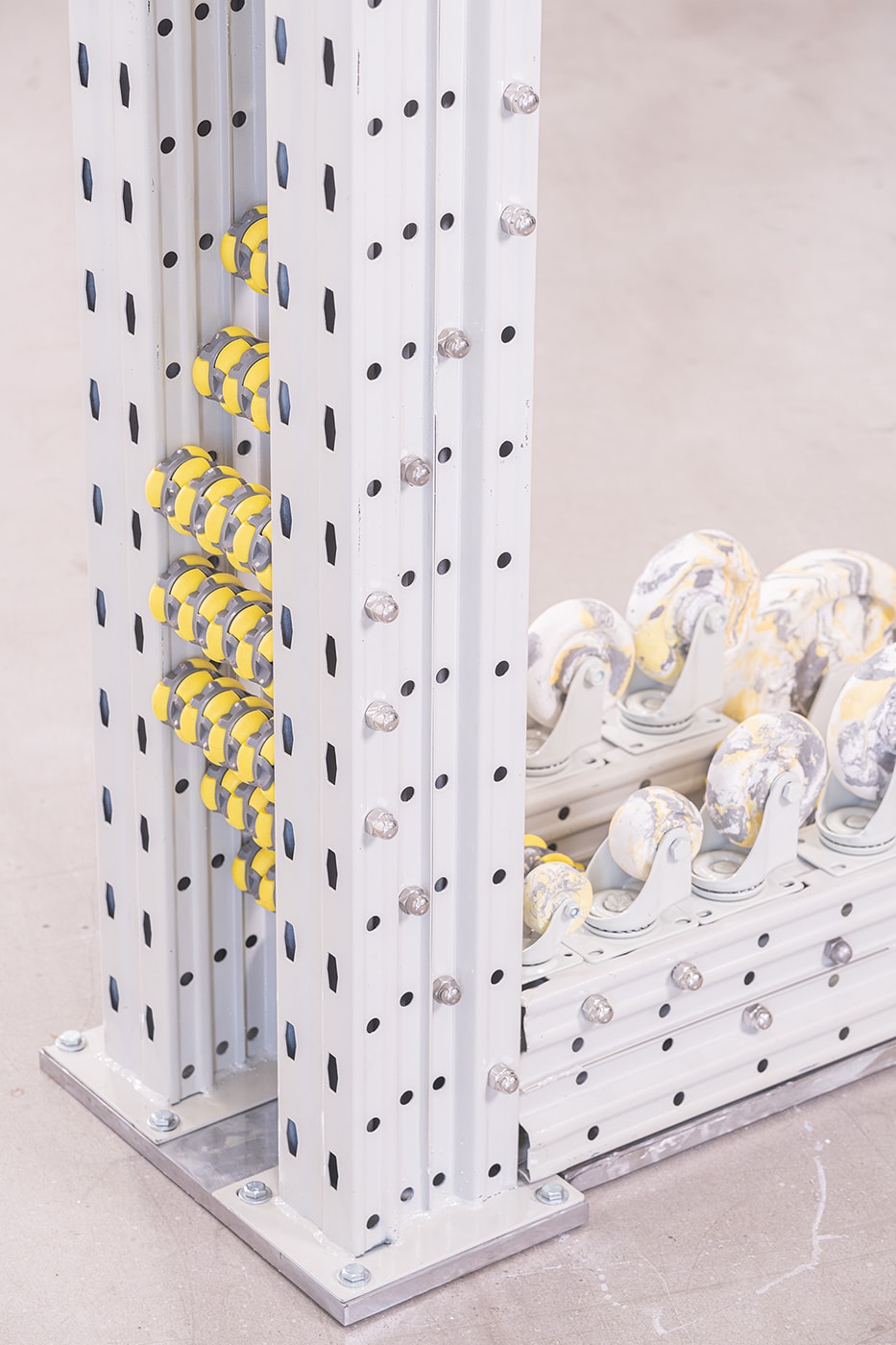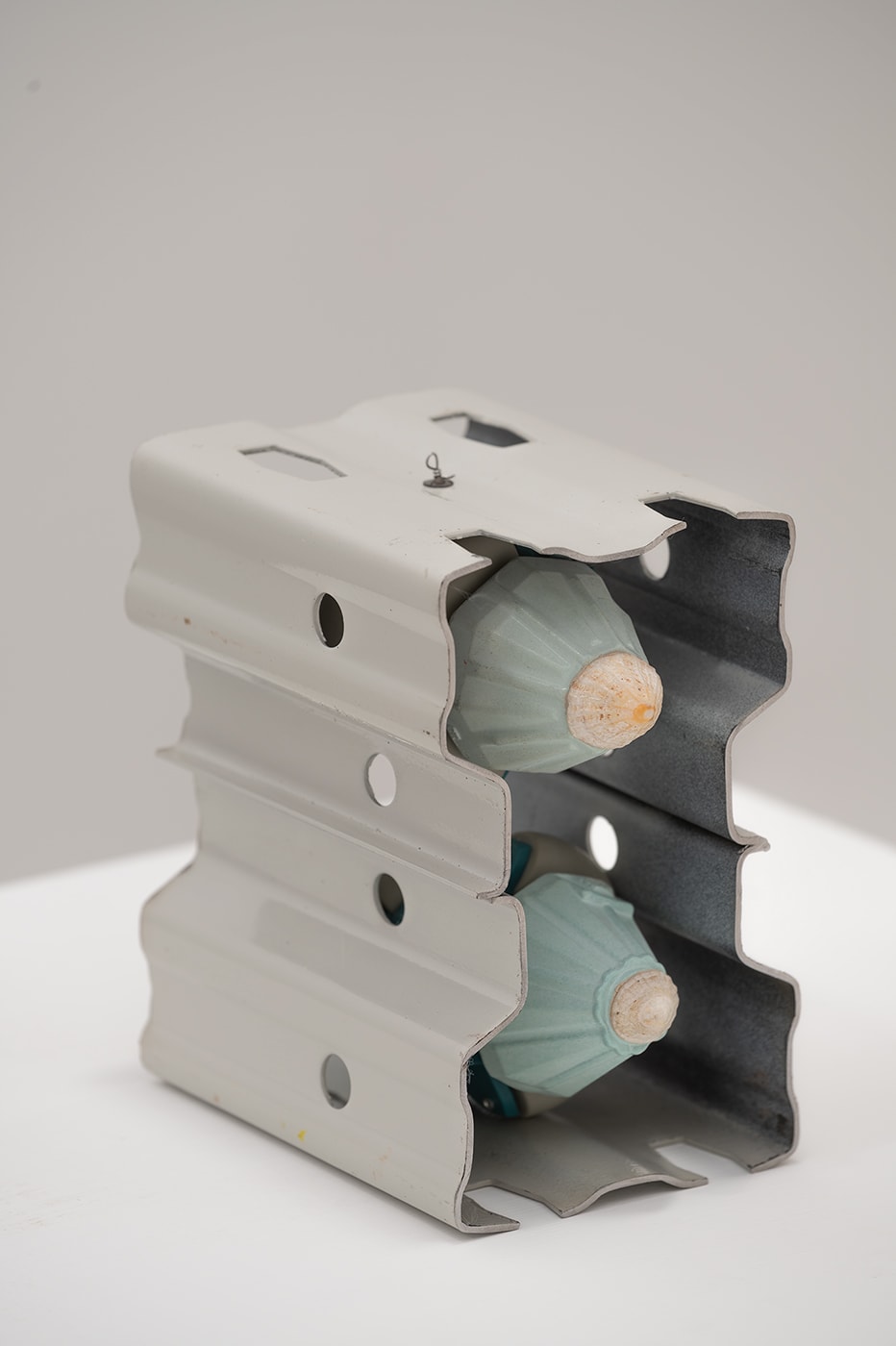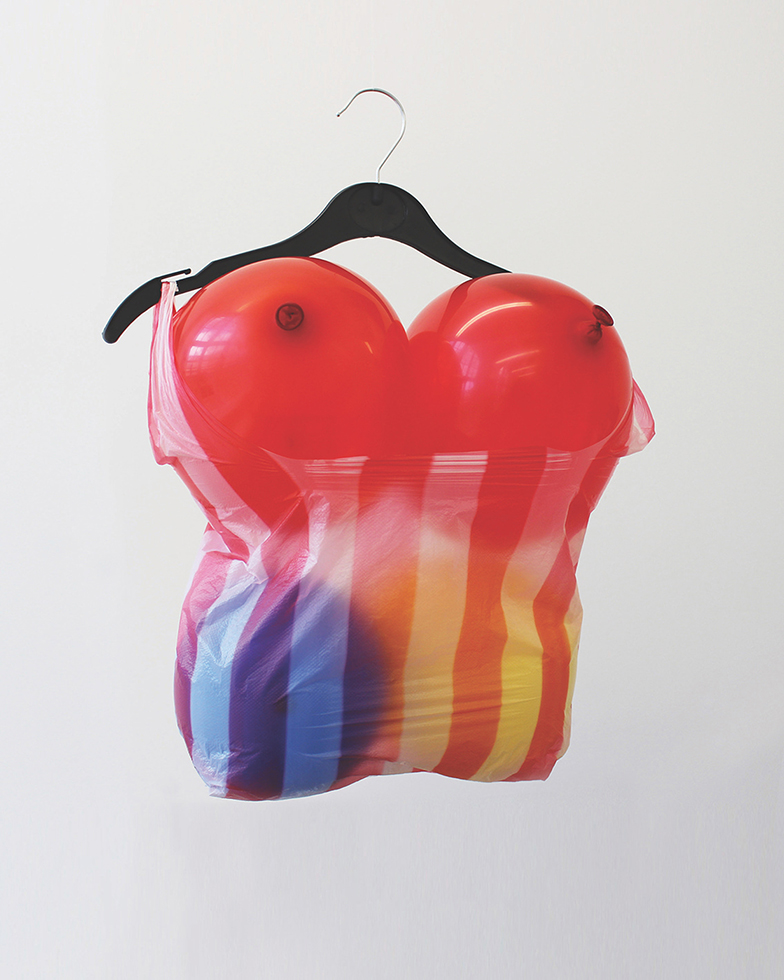Leelee Chan creates sculptures that reflect her experience with the extreme urbanisation in Hong Kong. They are almost always comprised of dumpster detritus, household ephemera, and mundane objects from her daily life not generally considered memorable or worth preserving. Chan’s process-based approach embraces unexpected forms that generate a new living entity driven by their own internal logic — poetic, idiosyncratic, and universally intimate.
Her work was exhibited internationally including Tai Kwun Contemporary (Hong Kong), Ullens Centre for Contemporary Art Dunes (Beidaihe, China), Capsule Shanghai Gallery (Shanghai, China), Downs & Ross (New York, USA), Artemis Project Space (York, UK), Flux Factory (New York, USA), Parallel Art Space (New York, USA), Sol Koffler Gallery (Providence, USA). Her recent work was covered by Frieze, Art Forum, Mousse Magazine, Art Asia Pacific, South China Morning Post and included in the M+ Museum collection in Hong Kong.
Chan currently lives and works in Hong Kong.


